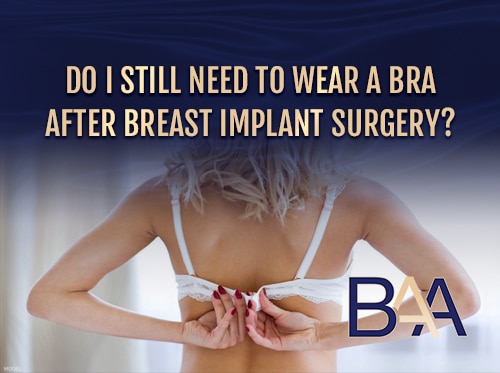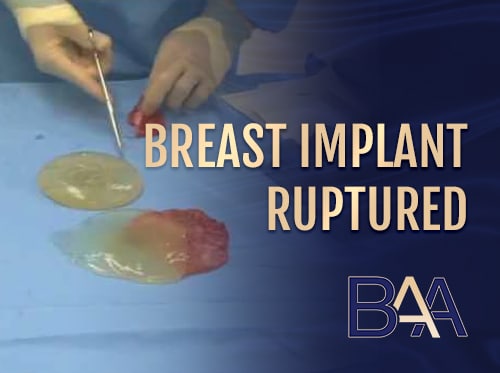How To Get Perky Breasts – Staying Perky Longer
Maintaining perky breasts can be challenging as women age. This is due to hormonal and physical changes that affect breast perkiness, including loss of skin elasticity and breast sagging. Factors like pregnancy, weight fluctuations, and menopause also reduce breast perkiness.
If you’re looking forward to getting perky breasts, here are eight effective strategies to get you started.
- Incorporate exercise into your routine
- Wear supportive garments
- Maintain a proper skin regimen
- Adhere to a nutritious diet
- Strive for weight stability, avoid fluctuations
- Avoid smoking
- Practice good posture
- Consider hydrotherapy
In some cases, breast surgery procedures like mastopexy (breast lift), breast implant surgery, breast reduction, and fat transfer techniques may be necessary. Keep reading to learn more about breast perkiness.
What’s Upper Pole Fullness?

Upper pole fullness is the fullness degree of the breast’s upper portion, mainly the part above the nipple. The breast’s upper pole determines the cleavage, enhancing the breasts’ appearance. It’s crucial in breast augmentation to achieve perky and full breasts.
What Causes Breast Sagging?
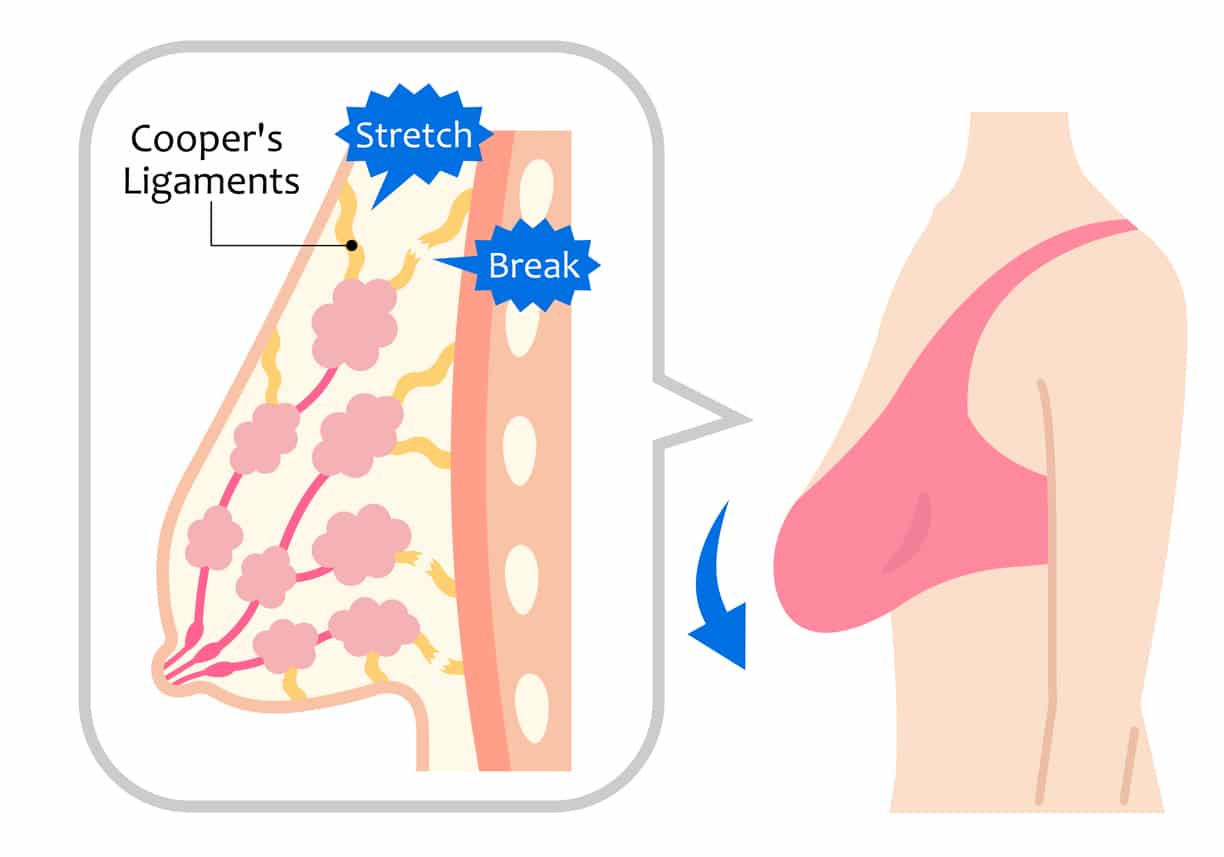
Breasts comprise the glandular tissue, fat layer, and connective tissue. The fat layer provides the breast shape, while the glandular tissue contains the blood vessels and the milk ducts. However, the connective tissue is responsible for perky breasts.
The cooper ligaments are the key connective tissue essential for breast perkiness. The ligaments hold the breast tissue together, lift the breast, and give it a perky appearance. Stretching the cooper ligaments leads to droopy or saggy breasts. In addition, if the skin around the breast gets stretched, the breasts will appear deflated and sagging, losing their perkiness.
The common factors resulting in sagging breasts due to stretching of the connective tissue or the skin around the breasts include:
Age
“As a woman ages, the breast tissue loses elasticity and stretches. Age leads to loss of breast fat and mammary glands. When approaching menopause, the body produces less estrogen, and the glandular tissue shrinks, causing the breast to deflate and soften.” Says Dr. Beldholm. These age-related factors cause the breast to sag. In addition, long periods of gravity effects cause breast stretching, reducing breast perkiness.
Smoking
Tobacco smoking weakens the connective ligaments, reducing the skin’s strength and elasticity. This plays a huge role in breast sagging. Ideally, smoking can also break down collagen and accelerate aging, affecting the shape and fullness of the breasts.
Pregnancy
Pregnant women experience a large weight increase, leading to larger breasts. The gravitational force has greater effects on large breasts due to their weight. In addition, the breast size reduces after pregnancy, leaving the breast with excess skin, leading to sagging.
Large Breasts
The effects of gravity increase in large breasts, causing the breast tissue to stretch. The increased volume and weight of the breast can stretch the skin and ligament over time. This makes them less elastic and firm.
Significant Weight Fluctuations
Rapid weight loss will affect the cooper ligaments, changing the chest shape. This will affect the breast’s appearance. Weight gain or loss can make the breasts lose their firmness and fullness over time.
UV Rays
Overexposure to the sun’s ultraviolet rays breaks down elastin and collagen. This weakens the skin’s elasticity with time, leading to a loss in breast perkiness.
BMI (High Body Mass Index)

Being overweight causes the breast tissue and skin to stretch. Additionally, some illnesses like tuberculosis and breast cancer weaken the breast tissue, causing saggy breasts
Strenuous physical activities may break down the breast connective tissue leading to sagging breasts.
How to Reduce Sagging and Keep Your Breast Perky
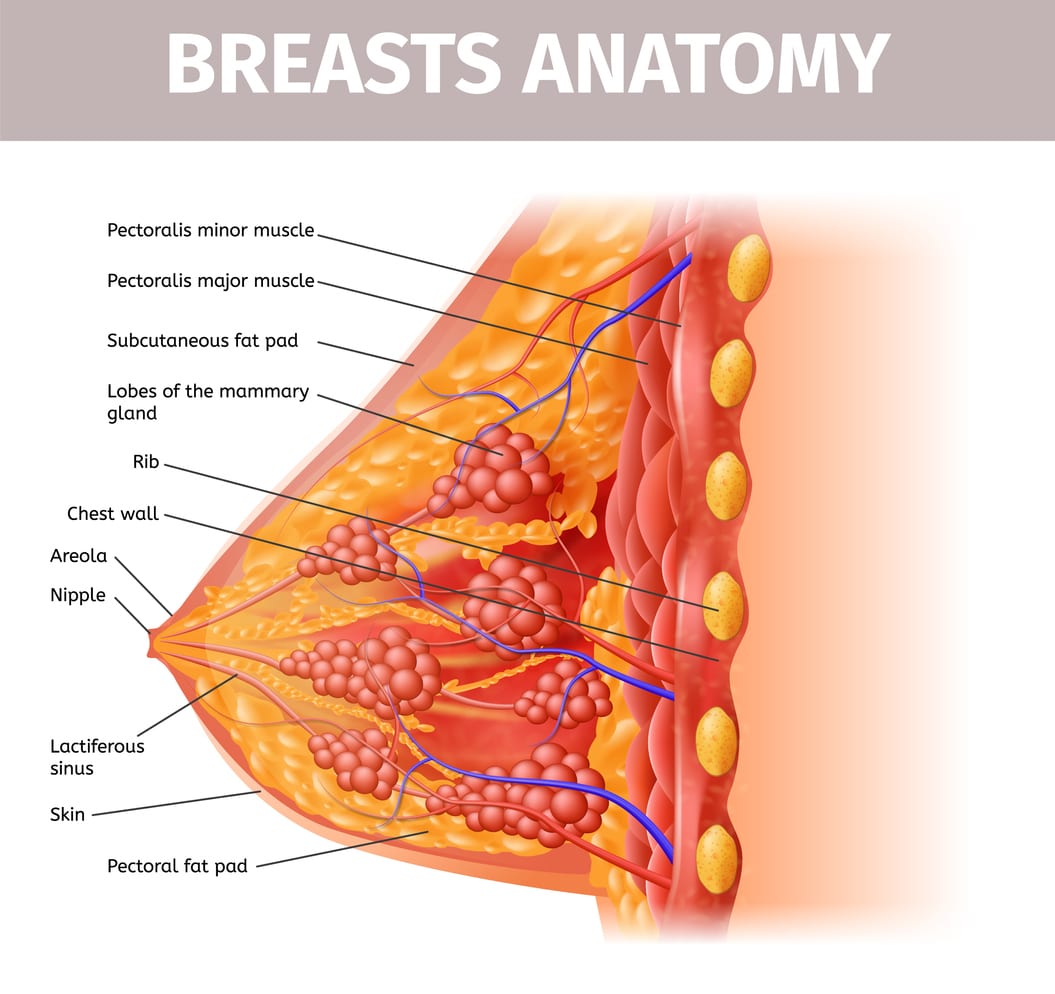
There are several ways to keep your breasts perky and attractive. However, no body cream will prevent the effect aging has on breasts. This means that the skin will eventually lose elasticity, and the breast will sag, requiring surgical procedures to correct the condition.
However, individuals can reduce the effects and stay perky longer by adopting several practices. Below are some remedies for reducing breast sagging and keeping the breasts perky longer.
Exercise
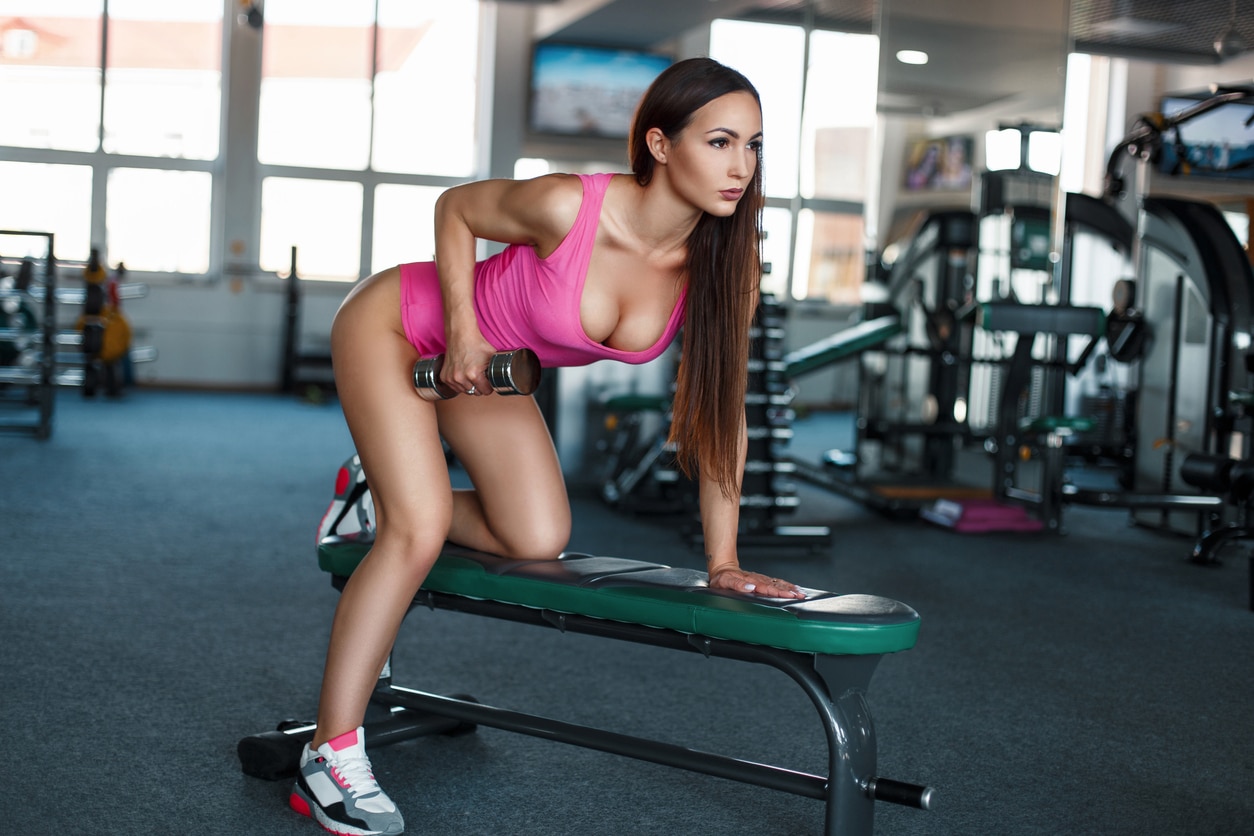
Breasts are above the chest pectoral muscle. Chest exercises like push-ups, arm curls, and bench presses, among others, will work out the pectoral region and strengthen the surrounding muscles and ligaments. These include the cooper ligaments responsible for perky breasts.
Exercise will also improve your posture, enhancing the breasts’ perkiness. Swimming, especially breaststroke, will also help strengthen the chest muscles. In addition, yoga positions like the cobra and bow pose are also effective exercises.
Exercising also helps maintain a consistent weight, avoiding breast sagging associated with rapid weight increase or decrease. Exercise doesn’t change the breast structure, causing sagging, as many believe. There’s no connection between breasts bounce and breast sagging.
Support Garments
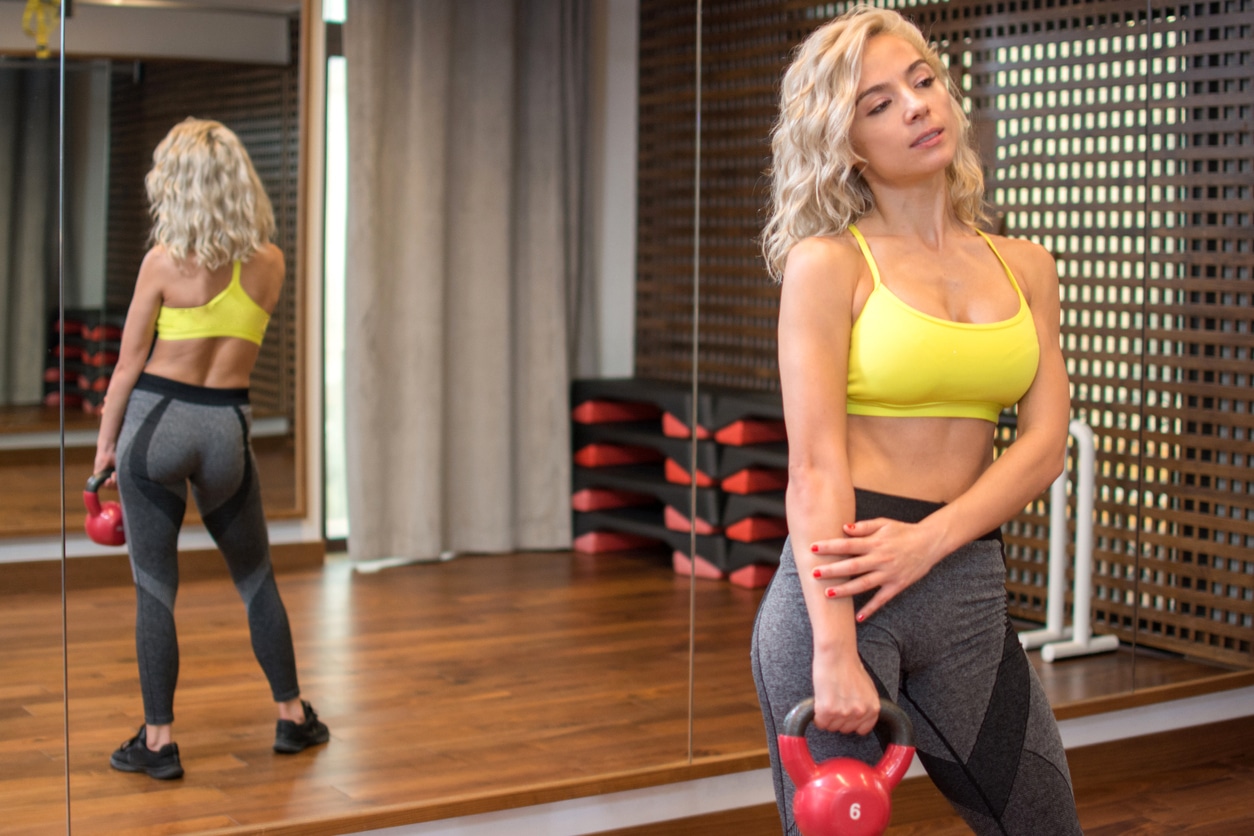
Wearing supportive bras will hold the breasts in place and reduce the effects of gravity. This, in turn, will reduce sagging. Finding the right and comfortable bra will help the breasts stay firm and perky while ensuring comfort. Push-up bras will give your breasts a fuller cleavage and make them appear perkier.
Some studies state that wearing a bra that lifts the breast too much can result in breast sagging since it may weaken the ligaments and tendons. However, there’s no evidence supporting this argument.
Proper Skin Routine
Maintaining a proper skin routine helps increase collagen production and reduce aging effects like loss of skin elasticity. You should ensure to moisturise your skin well by using skin creams. In addition, ensure you stay hydrated to reduce skin aging. However, note that no amount of body creams will reverse sagging breasts.
Healthy Diet
A balanced diet of essential nutrients will help maintain healthy breast tissue, keeping the breasts perky. Some foods to include in your daily diet include eggs and avocados to increase monosaturated fats and strengthen tissues.
Vegetables are also essential in enhancing and helping in the growth of tissues. They are rich in antioxidants, which help reduce skin sagging and wrinkles by preventing cell damage. Foods like nuts, fish, and pumpkin seeds increase omega-3 fatty acids essential for the skin.
Maintaining Stable Weight
Extreme weight fluctuations will lead to breast sagging. Excess weight gain will increase the effect of gravity on the breasts, while excess weight loss will leave the breasts with too much excess and stretched skin.
Avoiding Smoking
Smoking can cause collagen breakdown in the skin, weakening ligaments and causing sagging breasts. It also affects the overall body health.
Breast Massage
Massaging the breast regularly helps increase blood circulation and the production of collagen. This strengthens the chest muscle and ligaments and promotes tissue growth. Ensure you follow the correct procedure when massaging the breasts.
Good Posture
Bad posture, like a hunched back, may result in breast hanging due to their weight. This will put tension and pressure on the skin and breast tissue, aggravating sagging.
The back straight posture helps achieve a perky appearance on the breasts. It also reduces the pressure on the breasts by distributing the weight to the overall body structure.
Hydrotherapy
Hydrotherapy promotes blood circulation, which can enhance breast firmness. To do this, after a shower, rinse the breast with warm water for about one minute. The next step is to use cold water to rinse the breasts for about twenty seconds.
Breast Surgery Options to Correct Breast Sagging and Restore Perky Breasts
There are various breast surgery options to correct sagging breasts and give them a perky appearance. Different options are suitable for different women. The surgeon will discuss the most appropriate solution with you during the consultation and proceed to the next step.
This will depend on the degree of sagging, the size of your breast, and the desired results. In most cases, a mastopexy (breast lift) alone can achieve perky breasts. However, you can choose other individual options like breast implants or fat transfer or a combination of the techniques.
Mastopexy (Breast Lift)

A breast lift procedure is the standard procedure to correct sagging breasts (ptosis). During the process, the surgeon removes excess skin, repositions, and tightens the surrounding breast tissue. The nipples can also be repositioned higher, enhancing the breast’s appearance. The patient can undergo mastopexy as a sole procedure or as part of a fat transfer technique, breast augmentation with implants, or breast reduction.
The different types of breast lift procedures include:
- Lollipop/ Vertical Lift: A lollipop-shaped incision starts vertically from the breast crease and around the nipple.
- Inverted T / Anchor Lift: The incision resembles the lollipop but extends along the breast crease, creating an anchor shape. It’s suitable for correcting significant breast sagging in women with a long inframammary-to-nipple distance.
- Donut/ Peri-areolar/ Benelli Lift: A donut-shaped incision around the areola removes breast tissue and tightens the breast skin. It’s suitable for mild breast lifts or patients with slight nipple asymmetry.
- Crescent Lift: Suitable for women with minimal breast sagging. It’s the least invasive breast lift technique.
Implant-Based Breast Surgery
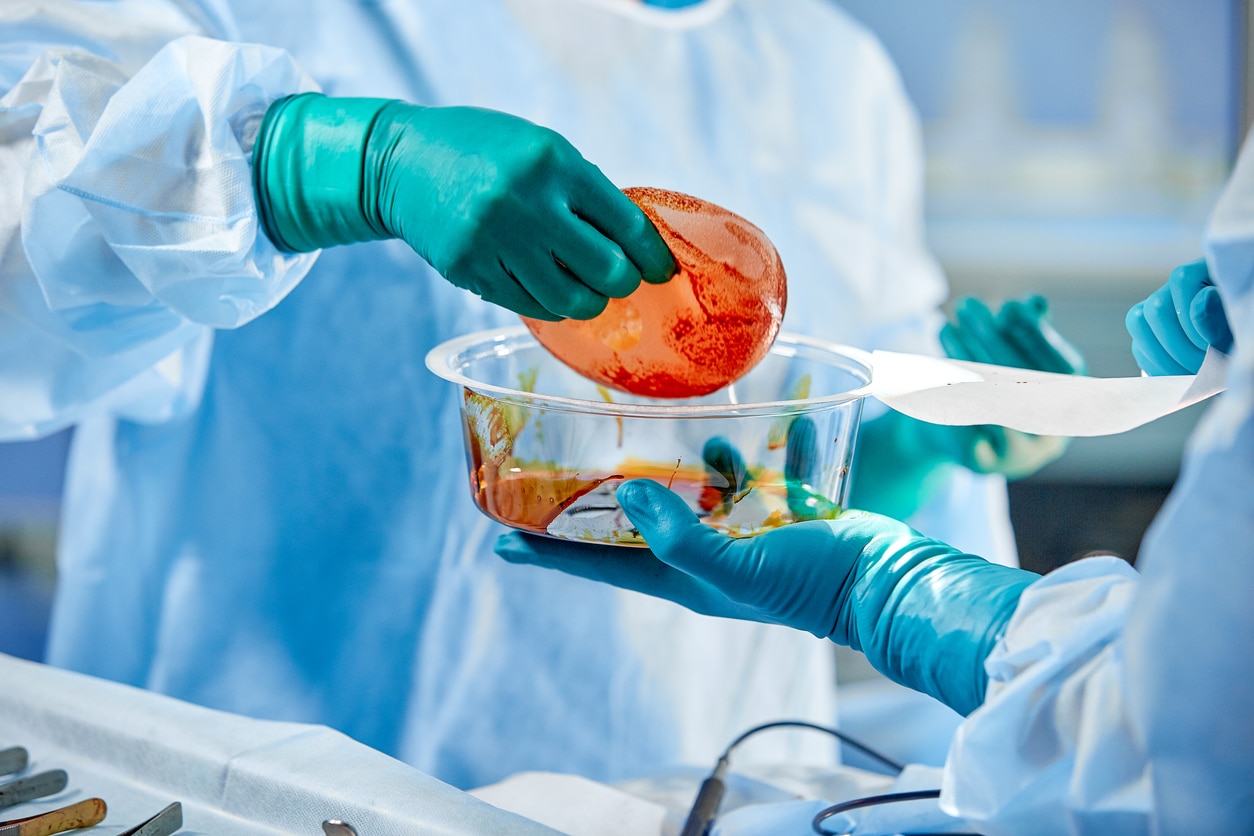
Breast augmentation is a popular cosmetic procedure for enhancing breast size and shape. It also enhances the breast’s appearance, giving them a fuller and perky appearance. The patient can choose between the different types of breast implants available for the procedure. Breast implant surgery effectively offers perkier breasts because it provides upper breast pole fullness, enhancing the cleavage and the breast contour.
Autologous Fat Transfer Technique
The fat transfer technique offers a natural breast enhancement alternative to breast implants. It involves harvesting fat through liposuction from one part of the patient’s body, thighs, belly, or buttocks, and injecting it into the breasts. The technique is suitable for patients desiring only minor breast enhancement. The surgeon can also combine the method with breast implants to enhance the results.
Composite Breast Augmentation
The procedure involves combining the fat transfer technique and breast implants. The implant enhances the breast perkiness and volume, while fat grafting enhances the breast outline. The technique is also known as hybrid breast augmentation.
Bottom Line
Having perky breasts enhances the overall breast appearance. However, the breast cannot remain perkier throughout, and one will experience breasts sag eventually. This may be due to age and other factors like gravity, skin elasticity, and weight fluctuations.
Breast massage, hydrotherapy, proper skin care, and a healthy diet, among other remedies, will help reduce breast sagging. Achieving perkier breasts might seem challenging, but it is manageable. However, these remedies cannot prevent breast sagging. Undergoing breast lift or other breast surgical procedures like fat grafting and breast implant surgery will correct sagging breasts and enhance breast perkiness.
References
- Bayram, Y., Sezgiç, M., Karakol, P., Bozkurt, M., & Filinte, G. T. (2019). The use of autologous fat grafts in breast surgery: A literature review. Archives of Plastic Surgery, 46(06), 498–510.
- Al-Qureshi, H. A., Myckatyn, T. M., & Tenenbaum, M. (2018). Mastopexy and Mastopexy-Augmentation. Aesthetic Surgery Journal, 38(4), 374–384.
- Ramanadham, S. R., & Johnson, A. R. (2020). Breast Lift with and without Implant. Plastic and Reconstructive Surgery. Global Open, 8(10), e3057.
- Klement KA, Hijjawi JB, Neuner J, Kelley K, Kong AL. Discussion of preoperative mammography in women undergoing reduction mammaplasty. Breast J. 2019 May;25(3):439-443.
- Sachs, D. (2023, May 23). Breast reduction. StatPearls – NCBI Bookshelf.
- Salibian, A. A., Frey, J. D., Bekisz, J. M., Choi, M., & Karp, N. S. (2019b). Fat grafting and breast augmentation. Plastic and Reconstructive Surgery. Global Open, 7(7), e2340.
- Auclair, E., Blondeel, P., & Del Vecchio, D. A. (2013). Composite breast augmentation. Plastic and Reconstructive Surgery, 132(3), 558–568.
- Salibian, A. A., Frey, J. D., Bekisz, J. M., Choi, M., & Karp, N. S. (2019c). Fat grafting and breast augmentation. Plastic and Reconstructive Surgery. Global Open, 7(7), e2340.
- Kang, S. H., Byun, E. J., & Kim, H. S. (2017). Vertical lifting: a new optimal thread lifting technique for Asians. Dermatologic Surgery, 43(10), 1263–1270.
- Davison, S. P., & Spear, S. L. (2004). Simultaneous Breast Augmentation with Periareolar Mastopexy. Seminars in Plastic Surgery, 18(3), 189–201.

